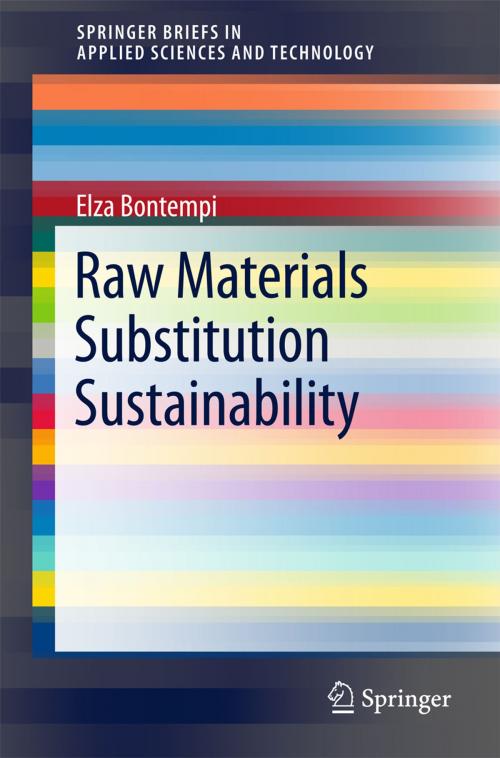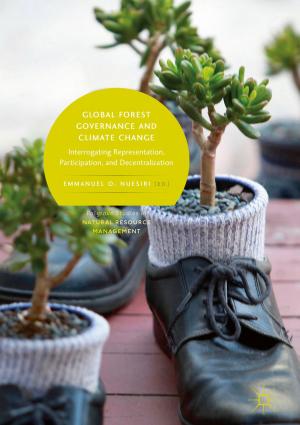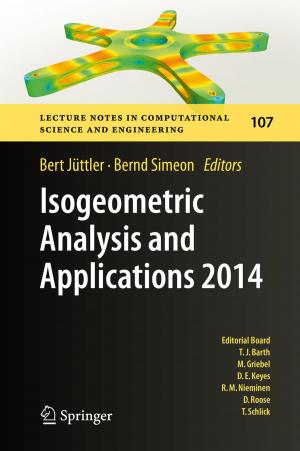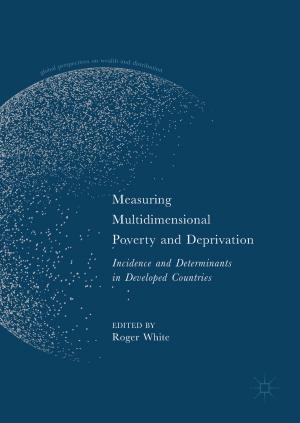Raw Materials Substitution Sustainability
Nonfiction, Science & Nature, Technology, Material Science, Business & Finance, Economics, Sustainable Development| Author: | Elza Bontempi | ISBN: | 9783319608310 |
| Publisher: | Springer International Publishing | Publication: | July 27, 2017 |
| Imprint: | Springer | Language: | English |
| Author: | Elza Bontempi |
| ISBN: | 9783319608310 |
| Publisher: | Springer International Publishing |
| Publication: | July 27, 2017 |
| Imprint: | Springer |
| Language: | English |
This book is the first to propose a simplified quantitative approach to evaluating raw materials’ substitution sustainability, which takes into account their embodied energy and CO2 footprint. In addition to the new quantitative model, it also presents qualitative concepts as well as a number of case studies, and includes helpful illustrations to explain the concept and approach.
Europe has launched several initiatives to promote research and innovation in raw materials and to find candidates for natural resources substitution. However, while there is a tremendous interest in raw material substitution, the lack of a simplified approach to comparing the materials’ sustainability and effective legal frameworks make final market applications extremely challenging. The market for new raw materials can only be established if industrial sectors are appropriately sensitized and stimulated.
Addressing these and other issues, the book offers a valuable resource not only for scientists, researchers, and politicians, but also for industrial and business operators looking for a way to evaluate raw materials’ substitution sustainability.
This book is the first to propose a simplified quantitative approach to evaluating raw materials’ substitution sustainability, which takes into account their embodied energy and CO2 footprint. In addition to the new quantitative model, it also presents qualitative concepts as well as a number of case studies, and includes helpful illustrations to explain the concept and approach.
Europe has launched several initiatives to promote research and innovation in raw materials and to find candidates for natural resources substitution. However, while there is a tremendous interest in raw material substitution, the lack of a simplified approach to comparing the materials’ sustainability and effective legal frameworks make final market applications extremely challenging. The market for new raw materials can only be established if industrial sectors are appropriately sensitized and stimulated.
Addressing these and other issues, the book offers a valuable resource not only for scientists, researchers, and politicians, but also for industrial and business operators looking for a way to evaluate raw materials’ substitution sustainability.















